Desert where do sand cats live 310293-Where do sand cats live in the desert
Sand Cats may not look the part, but they are built to handle the extremes of one of the harshest environments on Earth Support Animalogic on PatreonhttpsMay 23, 21 · Sand cats have thick fur on their paws, including between the toes, which helps protect them from the scorching heat and harsh cold In addition, sand cats do not need much water at all Like other desert creatures, the sand cat in North Africa, as well as western, central and southern Asia, needed very little water during evolutionThe Sand cat lives in northern Africa, the Arabian Peninsula and central and southwest Asia It occurs in arid sandy and stony deserts, particularly among sparse vegetation

Learn 10 Things About The Sand Cat Who Lives In Morocco Kanbrik Com
Where do sand cats live in the desert
Where do sand cats live in the desert-What big cats live in the desert?Desert carnivores in Morocco During the spring of 13, Dr Alex Sliwa and Gregory Breton (Curator of the Sand Cat breeding program in Europe) made a selffinanced trip to the Moroccan Sahara They observed Sand Cats, African Wildcats, Fennec Foxes and Ruppells Foxes




Sand Cat In The Living Desert Youtube
Jan 13, 21 · Mexican wolves do live in packs These packs are usually about 4 to 8 members What other animals live in the same desert as the Mexican wolf?Considering this, do sand cats live in groups?The Sand Cat is a small, solitary cat native to Africa and Asia's deserts They are the only cats known to adapt to deserts as their primary habitat This cute little wild cat can live without water, sprint on the sand, and trace the prey underground They have a pale sandy to graybrown coat, that gets slightly darker towards the back
The sand cat is the only cat that truly likes to live in a desert This cat has got used to it and does things that makes it easier to live is such a difficult place The sand cat lives in sandy desert where there are some bushes and perhaps some grass It lives in temperatures that can be higher than 40°C (Celsius), which is 104°F (Fahrenheit)Aug 10, 16 · The nocturnal predator that is also known as the dune cat is rarely seen during the day in its natural desert habitat "Scientists need to be doing more research on how the sand cats liveThe difference between frogs and toads is a vulgar (meaning common) distinction It's not really a scientific, cladistic, or taxanomic distinction In fact, scientifically, they are all frogs (Anuran= without tail) There are several toads that li
Sand cats live in temperatures that sometimes rise to more than 40°c (104°f)Mar 22, 16 · Look at that face!This video, narrated in French, shows the dry, flat desert habitat of the Sahara occupied by the African Sand Cat, also known as the Sand Dune Cat The habitat is sandy and rocky with short, sparse vegetation and is also inhabited by other desert animals such as vipers and rodents The footage of the Sand Cat starts at 3




Sand Cat Birmingham Zoo




The Dramatic Search For One Of The World S Most Elusive Creatures Sand Kittens From The Grapevine
Burrowing under the blankets makes cats secured and safeSand cats (Felis margarita) are the only wild species of cat that lives almost exclusively in deserts It is found from North Africa to Central Asia, and they are about the size of a large house catSand cats are native to North African desert areas, and require a very dry environment in which to live Otherwise, they are very prone to respiratory infections, which can kill them This alone is more than most households can accomplish As ment




Sand Cats Science Policy




Animal Files Sand Cats The Only Cats That Live In The Desert
But don't let the cuteness fool you Sand cats are fierce predators and can withstand temperatures of up to 126 F (52 C) Mouse Breath The sand cat is the only cat in the world that primarily lives in a true desert environment Flickr Sand cats are found in Arabia, Pakistan, North Africa, and Central Asia Big Cat RescueSand cats live exclusively in desert regions They are found in very arid habitats with little to no vegetation Instead, they live in dry, sandy plains and rocky valleys Conditions are extreme in the desert, and temperatures can reach 124º F during the day, and 31º F at nightSand Cats live in the deserts of north Africa and south west Asia They are active at night and spend their days in an underground burrow Diet Sand Cats feed upon rodents, birds, reptiles, hares and insects They utilize the moisture in their food and are able to survive with very little or no additional water




Sand Cat Facts Diet Pictures Adaptations And Predators




A Sand Cat And Her Mini Meow Cute But Tough Survivors Aww
Deserts of N Africa, Arabia and east to PakistanMar 16, 15 · Sand Cats will also cover large kills with sand and return later to feed Principal Threats Habitat degradation is the major threat to the sand cat Vulnerable arid ecosystems are being rapidly degraded by human settlement and activity, especially livestock grazing (Allan and Warren 1993, AlSharhan et al 03)The Sand cat (Felis margarita) is a small African wild cat Not the smallest as this is the closely related Blackfooted cat Often is referred to "desert cat" but this name is reserved for Felis silvestris lybica, or the African wildcat, but it could be appropriate for this species It




Sand Cat Adaptations To Desert Habitat Videos Cats For Africa
/sandcat.primary-c89d8309e3344414bec002329905281a.jpg)



8 Fascinating Facts About The Sand Cat
Sand cats hail from the dry deserts of Africa and Asia and they can be prone to respiratory infections in most households To remedy this, it could be a good idea to provide heating in a sealed enclosure to keep the conditions more dry What do Sand Cats Eat?Feb 21, 21 · The sand cat may look like house cats but these beige beauties are the only cat to live predominantly in the desert and they're built to handle its extremes on especially hot days Sand cat The sand can reach temperatures of 80 degrees Celsius hot enough to burn a cat's feet Sand cats, however, have long fur that covers their pads protecting them from the hot Arabian sandDiet Most of the sand cats diet consists of small rodents These may include young cape hare, jerboas, gerbils, jirds and spiny mice They may also prey upon small reptiles and birds along with insectsOn occasion they have been seen killing snakes using a rapid blow to the head and then a bite to the neck Following a hunt they bury their food in the sand and return later to feed




Sand Cat The King Of The Desert Youtube




The Sand Cat A Small And Beautiful Animal Of The Desert Owlcation
Sep 30, · The sand cat inhabits both sandy and stony desert, in areas far from water It takes the record as one of the largest bodies of sand in the world Sand cats live exclusively in desert regions Africa's sahara desert, which stretches through algeria, niger and morocco;Feb 14, · Sand Cat The sand cat is a small desert feline that preys on many of the small mammals of the desert and dry steppe regions Combat Although the sand cat is a predator, its prey is not man or other humanoid creatures It will not attack aApr 05, · Angelo DeSantis/CCBY Domestic cats typically live in homes or urban areas while feral cats live in forests, grasslands, tundras and wetlands, and big cats live in rainforests, deserts and in temperate climate zones Where cats live depends primarily on the species Domestic cats live in virtually every part of the world and primarily live



Sand Cat Facts Photos Videos Sounds And News



Sand Cat Zooborns
Sand cats are a small, solitary cat native to deserts in Africa and Asia Superbly adapted to life in the desert, they can live without water, run on shifting sand and detect prey undergroundMay 06, 17 · The sand cat (Felis margarita harrisoni) has a wide but apparently disjunct distribution through the deserts of northern Africa and southwest and central Asia These gorgeous creatures are highlySand cat is the only species of cat that inhabits deserts exclusively There are 4 subspecies of sand cat that can be found in northern parts of Africa and southeastern parts of Asia Sand cats live in sandy and stony deserts such as Sahara, Arabian desert and deserts in Pakistan and Iran Number of sand cats decreased drastically in the past couple of decades due to habitat loss,




Sand Cat Facts Diet Habitat Pictures On Animalia Bio




Sand Cat Distribution Habitat Range Map And Subspecies
The Sonoran Desert is home to many other animals besides just the Mexican wolf Other large mammals that call this desert home are coyotes, bighorn sheep, and bobcatsDec 05, 16 · They do, however, live in desert areas like Arizona and the Sonoran desert of Mexico, but mostly in wetter mountainous parts of the desert Not really a desert creature Leopards have the greatest habitat variation of any of the big cats They live every where Lions can live, and additionally still exist in North Africa and ArabiaNov 24, 19 · We know that the sand cat is confined to areas of sandy desert It is the only true desert cat In the Sahara the typical sound cat habitat is flat and open covered with unstable sand out of which grows a few tufts of grass and occasionally there are small bushes (see photo) The temperatures, as you are aware, are very high




Sand Cat Facts Diet Pictures Adaptations And Predators




Sand Cats
The mountain lion is the largest cat in the Sonoran Desert A female weighs about 75 pounds, while the male can be up to 145 pounds (34 to 66 kilograms) Although the kittens have spotted coats for the first three months or so, the adult lion is a plain tawny or grayishbrown with a nearly 3 foot long, heavy, blacktipped tailJul 15, 15 · Sand cats can be found deep in both sandy and stony deserts, far away from any source of water Having thickly furred feet, they are well adapted to the extreme and harsh environment of the desert,Sand cat The sand cat (Felis margarita) is the only truly desertdwelling cat in the world, found in parts of northern Africa, the Middle East and central Asia What does it mean when a cat Burrows?




How Much Do Sand Cats Cost Poc
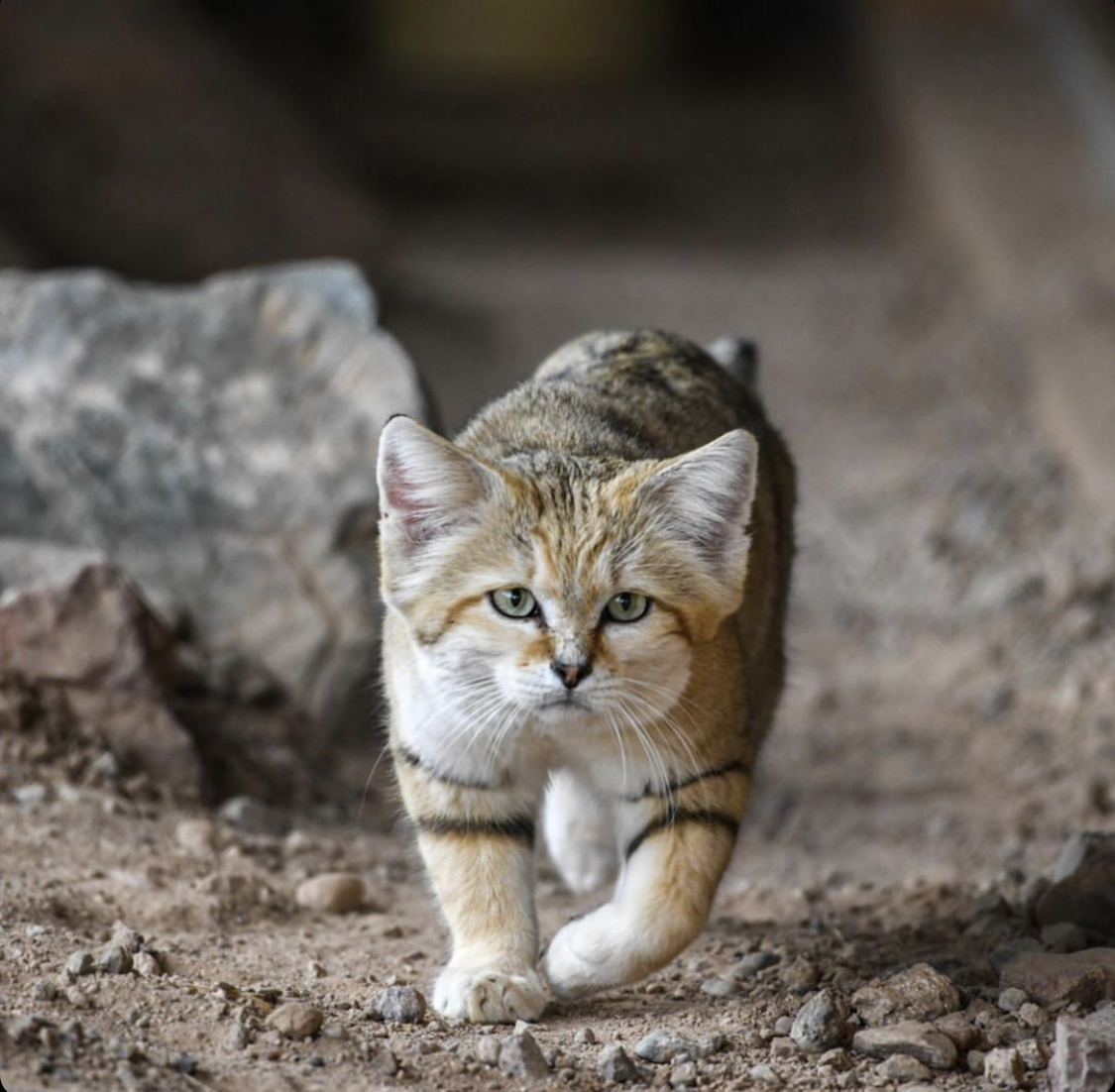



Phoenix Zoo Sand Cats Are Small Solitary Cats Native To Deserts In Africa And Asia They Can Live Without Water Run On Shifting Sand And Detect Prey Underground The Zoo
Desert life made sand cats a hardy lot – with one bad habitOct 07, · Sand cats and their kittens live in sandy and stony deserts of North Africa, Southwest, and Central Asia The first sand cat (known to scientists) was discovered in the Algerian Sahara in 1858 They usually reside during the day in underground burrows that oftentimes other animals dug outThe Sand Cat is a small wild cat, their natural habitat being deserts across Asia and Africa The Sand Cat can survive in the most extreme temperatures, ranging from −5 °C (23 °F) to 52 °C (126 °F) and they inhabit areas such as the Sahara, which are too hot and dry for most animals The cat's body averages at around 50 cm, while the




We Re Not Kitten Right Meow Buffalo Zoo Welcomes Sand Cats




Keeping Sand Cats As Pets
As its name implies, the sand cat is commonly found in sandy desert areas in the arid countries of Northern Africa, Arabia, and parts of Central Asia and Pakistan What do sand cats look like?Apr 21, 18 · This is the Sand Cat – or Felis margarita, a little known species of desert cat In the wild it lives in areas that are too hot and dry for any other cat the deserts of Africa and Asia, including the Sahara It is the only desert species of cat known to us As such, this cat is one tough cookie Image Credit Flickr User MrGuiltSand Cat Habitat The Sand Cat primarily occupies sandy deserts but has also been recorded in stony and rocky deserts They are found near the patches of sparse vegetation that can support their prey species and the cats have special adaptations to survive in the extreme desert conditions The IUCN Red List has standardised habitat types globally and there is only one




Sand Cats Make Regular Japan Display Debuts At Zoos In Kobe Nasu The Mainichi




Sand Cat In The Living Desert Youtube
People who've owned sand cats feed them a raw 'natural' diet of meats and insectsDec 13, 12 · Diet "Sand Cats will hunt snakes and are adept at hunting the horned and sand vipers which frequent the same territory often making a kill and returning later to devour the feast"(Sand Cat, 03 Dec 12)Sand cats have learned toAug , · The sand cat hunts animals to eat ("prey") at night when it is cooler Sand cats live exclusively in desert regions Diet "sand cats will hunt snakes and are adept at hunting the horned and sand vipers which frequent the same territory often making a kill and returning later to devour the feast"(sand cat, 03 dec




Wikijunior Big Cats Sand Cat Wikibooks Open Books For An Open World




Sand Cats Of Morocco International Society For Endangered Cats Isec Canada




Elusive Arabian Sand Cat Spotted After 10 Years Disappearance New Scientist



Sand Cat Small Wild Cats




Sand Cat International Society For Endangered Cats Isec Canada




Keeping Sand Cats As Pets




Sand Cat Facts Diet Pictures Adaptations And Predators




Dubai Desert Conservation Resort
:max_bytes(150000):strip_icc()/sandcat.hunt-3ca76a25617347eab85baacc1f5fab52.jpg)



8 Fascinating Facts About The Sand Cat




Learn 10 Things About The Sand Cat Who Lives In Morocco Kanbrik Com




Zoo Research The Purr Fect Solution North Carolina Zoo




Sand Cat Kitten Born Aug 10 At N C Zoo




Meet Canyon The Sand Cat Youtube




Animal Files Sand Cats The Only Cats That Live In The Desert



Q Tbn And9gcqmsv0mzgjgt8f6yqi0uwk 1gt6 Qhfj Jer0lkksi Usqp Cau



Sand Cat Information And Facts Cats For Africa




Sand Cat Wikipedia




Sand Cat Facts Photos Videos Sounds And News



Arabian Sand Cat Al Ain Zoo




Watch First Video Of Sand Cat Kittens Romping In The Wild Smart News Smithsonian Magazine




Sand Cat Facts Diet Pictures Adaptations And Predators




Sand Cats The Only Felines To Live Exclusively In Deserts Share Common Burrows With Each Other But Not At The Same Time They Take Turns Using Dens Unless It S Mating Season Awwducational




Sand Cat Wikipedia




Sand Cat Wikipedia




This Sand Cat Is The King Of The Desert Here Are 5 Reasons Why Super Facto




Keeping Sand Cats As Pets




Arabian Sand Cat Endangered Felines Found In Uae After Disappearance Travel News Travel Express Co Uk




Fantastic Felines A World Of Wild Cats Natural History Museum



Q Tbn And9gcq6qg1xdntcado2a22aqznfcunyy Bqrvnynwiuqzaezowuijai Usqp Cau
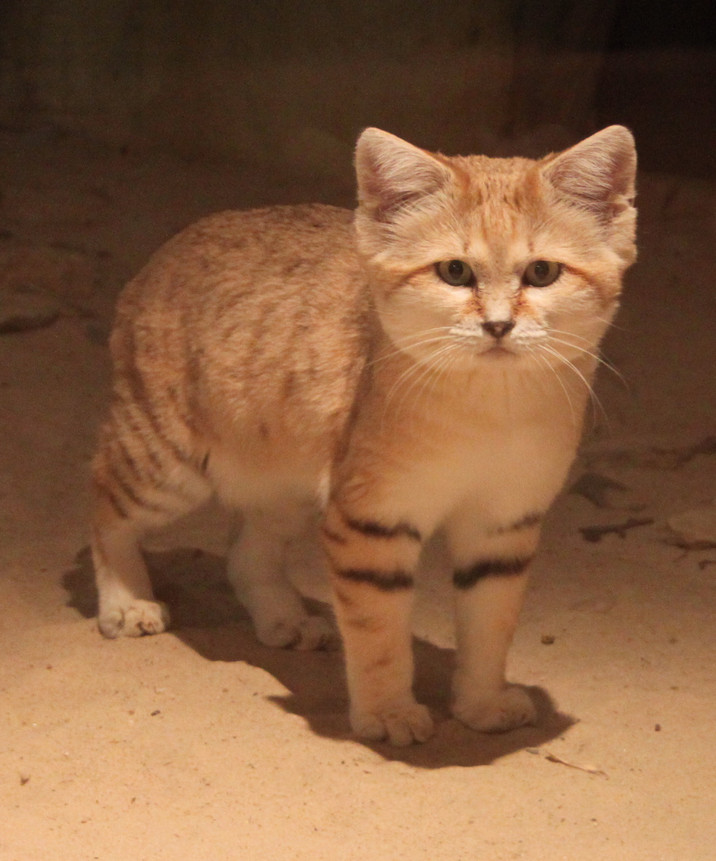



Sand Cat Animal Database Fandom




Sand Cat A Small Wild Cat Love Meow




Sand Cats Where The Adults Are Kittens And The Kittens Are Also Kittens Bored Panda




Four Sand Cat Kittens Born At The Living Desert Check Out The Pics




Elusive Arabian Sand Cat Spotted After 10 Years Disappearance New Scientist




Sand Cat Facts Diet Habitat Pictures On Animalia Bio




How Do Animals Get Water In The Desert Quora




Sand Cats Where The Adults Are Kittens And The Kittens Are Also Kittens Sand Cat Wild Cats Rare Cats



What Are Sand Cats And What Are Their Natural Predators Quora



Q Tbn And9gcqmsv0mzgjgt8f6yqi0uwk 1gt6 Qhfj Jer0lkksi Usqp Cau




Animal Files Sand Cats The Only Cats That Live In The Desert




Cute Sand Cat Spotted For The First Time In A Decade In The United Arab Emirates Smart News Smithsonian Magazine




Watch First Video Of Sand Cat Kittens Romping In The Wild Smart News Smithsonian Magazine




Sand Cats Make Regular Japan Display Debuts At Zoos In Kobe Nasu The Mainichi
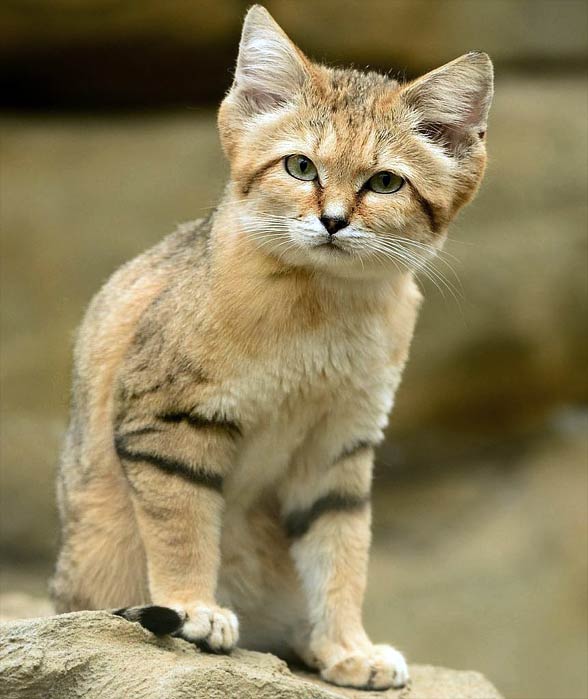



Sand Cat Smallest Wild Cat Dinoanimals Com




Impossibly Adorable Sand Cat Kittens Caught On Film For The First Time Nerdist



Sand Cat Facts Photos Earth S Endangered Creatures




Sand Cat The Cutest Animals Of The Mediterranean From The Grapevine




Sand Cats




Sand Cat Smallest Wild Cat Dinoanimals Com
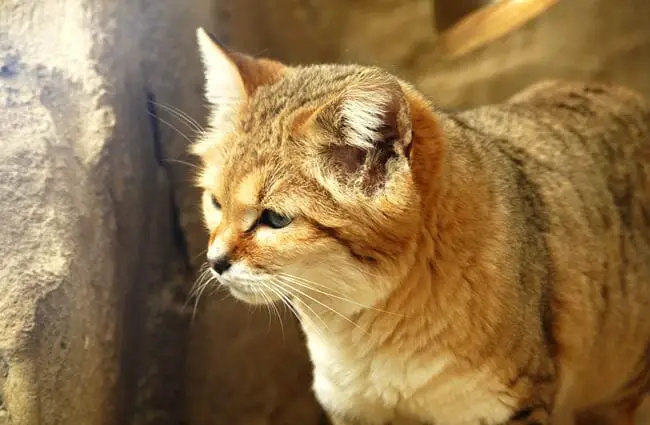



Sand Cat Description Habitat Image Diet And Interesting Facts




Wild Sand Kittens Have Just Been Caught On Film For The First Time Ever And They Re Too Adorable Bored Panda




Sand Cat Simple English Wikipedia The Free Encyclopedia



Four Sand Cat Kittens Born At The Living Desert Check Out The Pics




10 Facts About Sand Cats They May Look Like Domesticated Cats But They Are Wild Factpros




Sand Cat Smithsonian S National Zoo



Sand Cat Information And Facts Cats For Africa




Arabian Sand Cat Utah S Hogle Zoo




Sand Cat The Animal Files




Sand Cat Felis Margarita Wild Cats Magazine




Sand Cat Facts Animals Of The Desert Worldatlas




Sand Cat The Amazing Animal That Doesn T Need To Drink Water




Sand Cat Smithsonian S National Zoo



Catsg Sand Cat




Sand Cat Description Habitat Image Diet And Interesting Facts




Sand Cat Felis Margarita From The Tabuk Province A Individual Download Scientific Diagram




Learn 10 Things About The Sand Cat Who Lives In Morocco Kanbrik Com




Sand Cats Felis Uk




Pin On Animais




Sand Cats The Only Felines To Live Exclusively In Deserts Share Common Burrows With Each Other But Not At The Same Time They Take Turns Using Dens Unless It S Mating Season




Sand Cat The Amazing Animal That Doesn T Need To Drink Water




Learn 10 Things About The Sand Cat Who Lives In Morocco Kanbrik Com




Pin On Cutesy Things




How Do Sand Cats Survive In The Desert Poc




Sand Cat The Animal Files




The Dramatic Search For One Of The World S Most Elusive Creatures Sand Kittens From The Grapevine




Species Of The Week Sand Cat One Earth




Adult Sand Cats Look Like Kittens Their Kittens Are Just Adorable Album On Imgur




Sand Cat The Living Desert
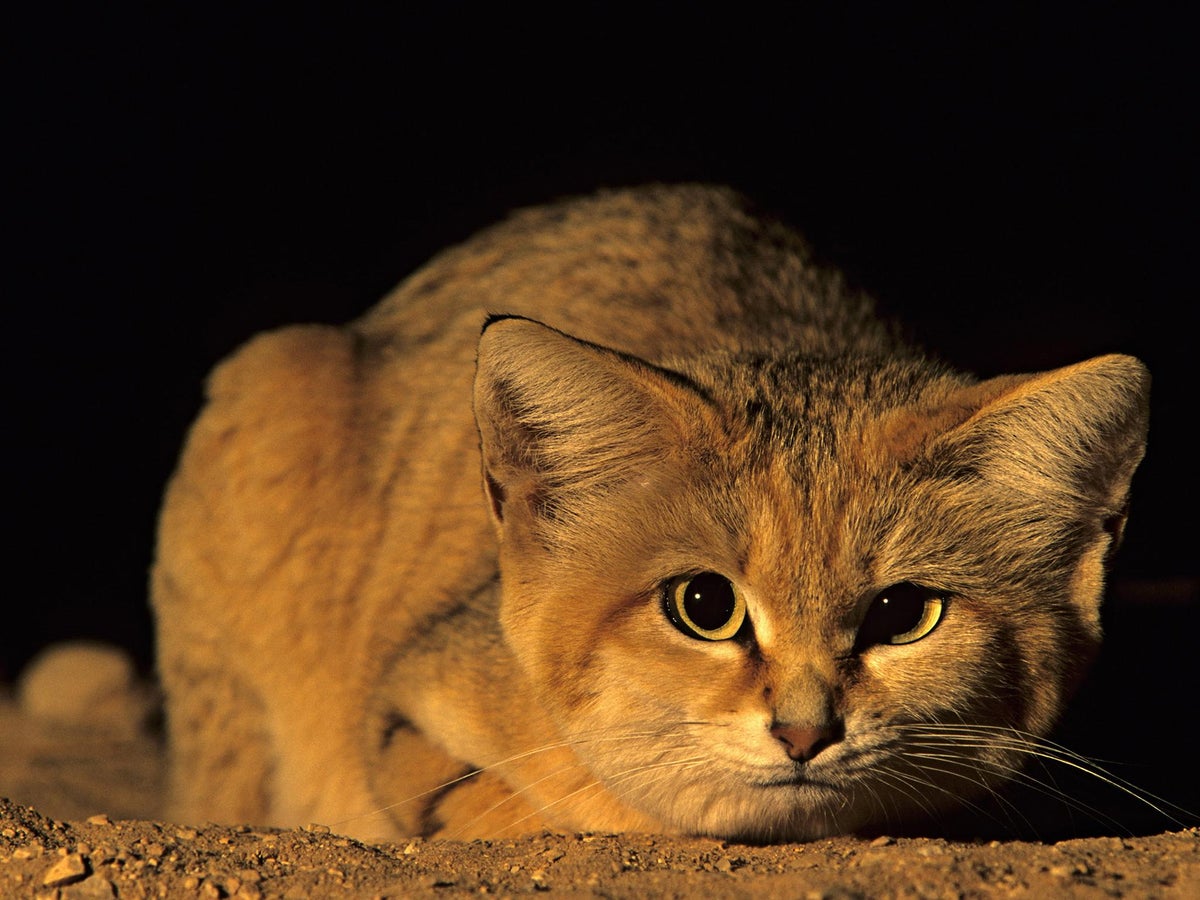



Rare Arabian Sand Cat Spotted By Scientists After Ten Year Search The Independent The Independent



3




Sand Cat Wikipedia
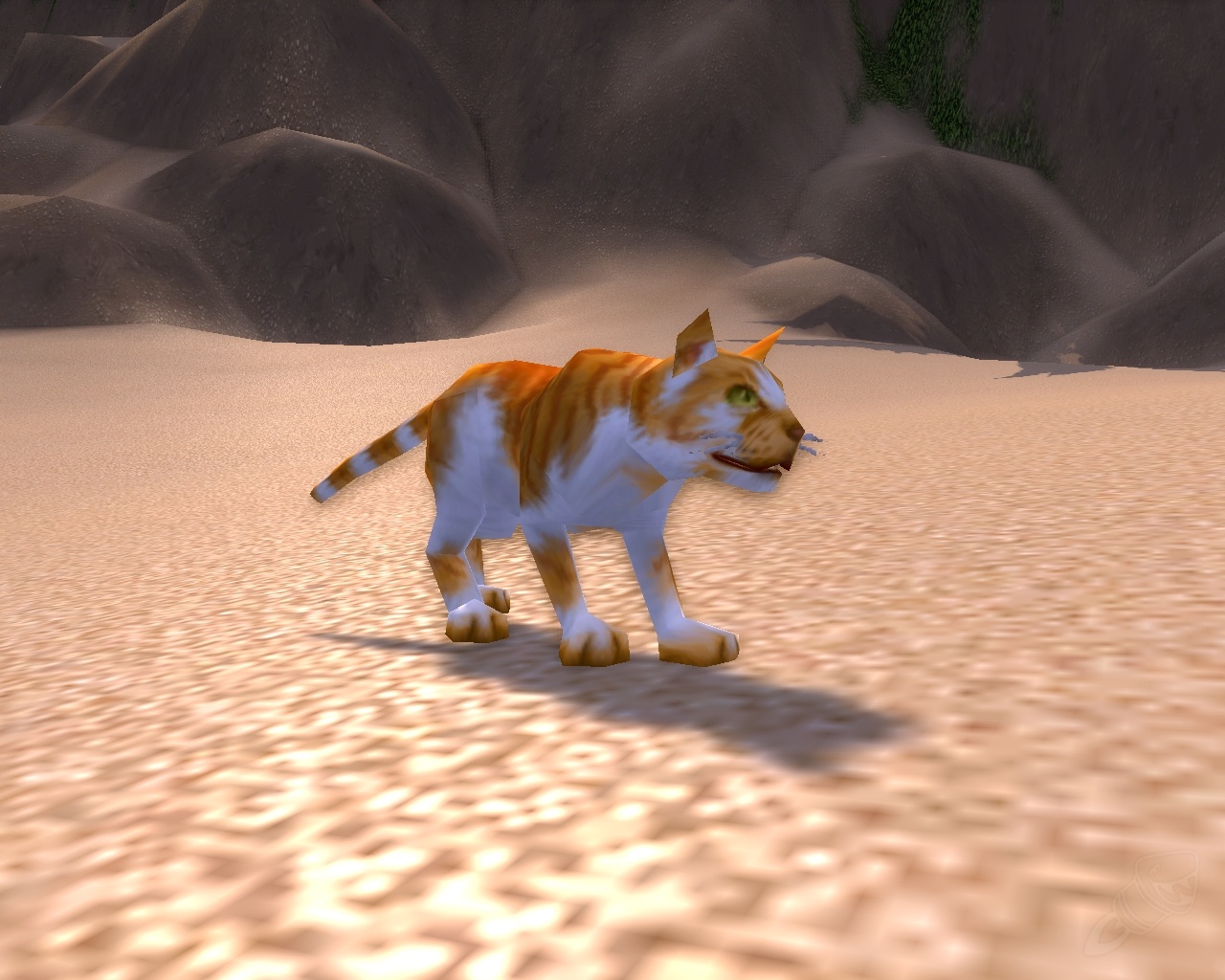



Sand Kitten Npc World Of Warcraft


コメント
コメントを投稿